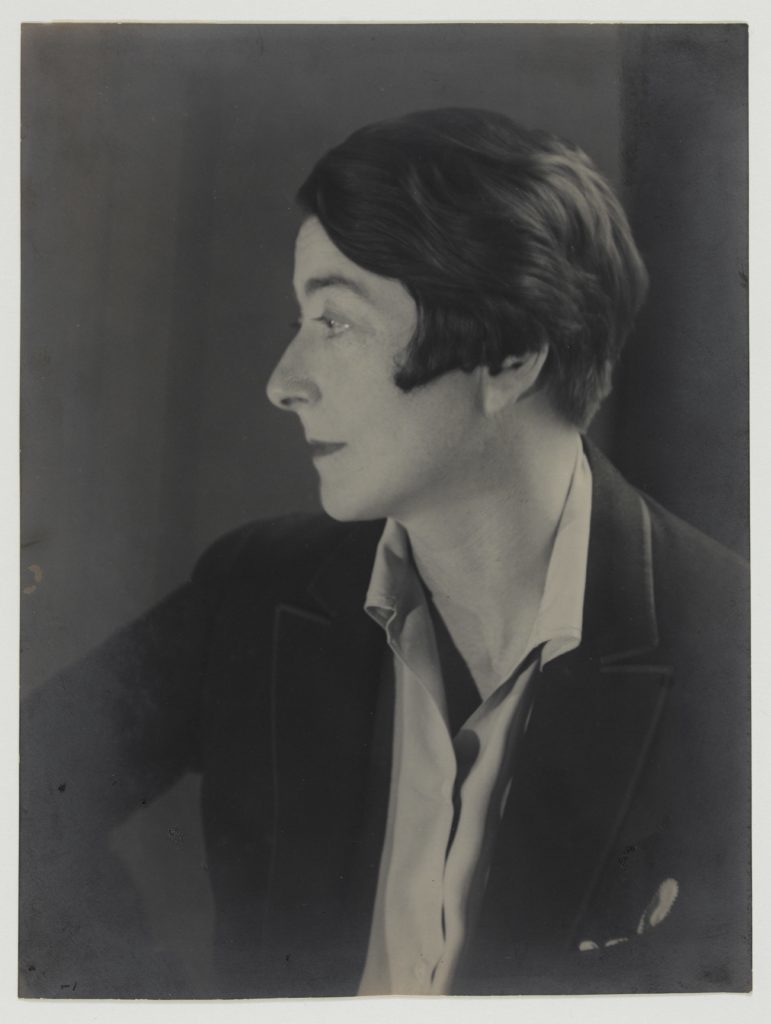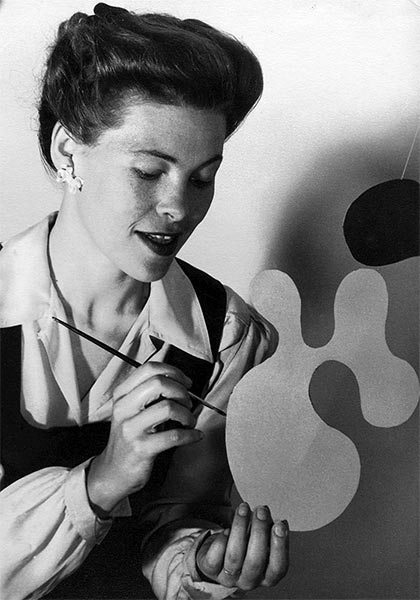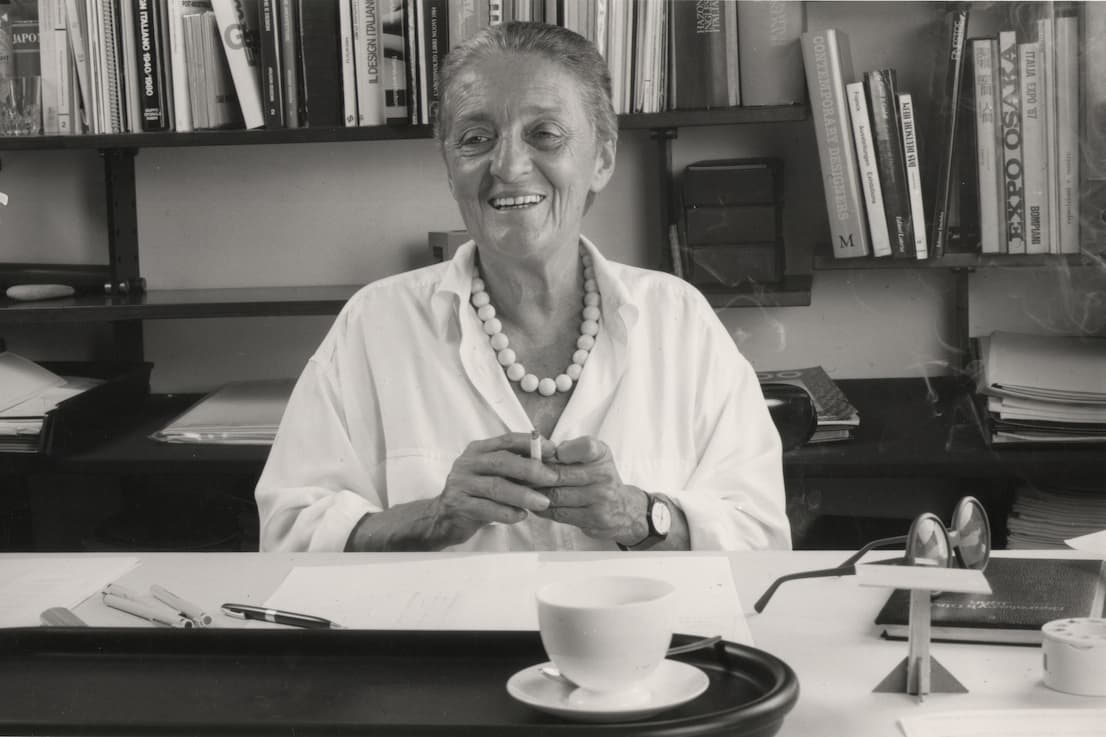Pioneering women shaping design.
The world of design has been inspired by countless creative minds, but behind many iconic works are pioneering women whose impact on design is immeasurable. These women have broken barriers, pushed boundaries and transformed the norms of the design industry, making a significant contribution to its evolution.
The inspiring stories and remarkable achievements of some of these female figures have played a central role in shaping the landscape of design, from architecture to furniture, interior design and beyond. Their work and legacy continue to shine in the design firmament, inspiring current and future generations to push back the boundaries of creativity and innovation.

Image source: Artnet News

Image source: Designer Editions, Centre Pompidou
Her avant-garde creations, including her famous round armchair with its tubular “Bibendum” design, appealed to an elegant clientele in search of furniture revolutions. At the end of the ’30s, Eileen Gray turned her attention to her major work, a seaside villa named E-1027, which would become a jewel of modern architecture. Died in 1979, Eileen is still the creator of the second most expensive piece of furniture in history, with her dragon armchair dating from the late 20s, sold for 21.9 million euros at auction in 2009.
A visionary creator, Charlotte Perriand is undeniably one of the 20th century’s leading figures in architecture and design. Born in 1903, Charlotte Perriand turned to architecture following a hospital stay for appendicitis.

Image source: ELLE



My vocation is to create. To create not only everyday forms, which is my job, but also to create a form of life that is detached from the stereotypical formulas accepted in these times.
A designer to be sure, but also and above all a committed humanist, she campaigned against fascism and for the working classes. Among her plethora of achievements and commitments, it’s essential to remember Charlotte Perriand as a pioneer who revolutionized the place of women in the kitchen with her daring open kitchen concept, designed for the Cité radieuse in Marseille, a radical idea for its time. She demonstrated once again that design goes beyond artistic expression, constituting a powerful lever for social change.
The early 20th century saw the birth of Ray Eames, whose real name was Bernice Alexandra Kaiser Eames. An American architect, filmmaker and designer, she had a major influence on the Streamline movement, which was the Modern era’s push for more fluid lines in furniture.
Bernice graduated in 1933 and moved to New York to explore her artistic passion, taking courses in modern dance and expressionist painting until 1939. At the same time, she founded the AAA (American Abstract Artists) in 1936, a group of amateur abstract expressionists, and became a major figure in the movement.
It was at the Cranbook Academy of Art in Michigan that Ray met her future husband Charles Eames, with whom she designed unique furniture and quickly established a solid reputation in the design world. Unlike other design couples of the time, their major pieces were co-designed, such as the Eames Lounge Chair. Despite this, history has often tended to remember only the name Charles Eames.

Image source: Du Grand Art

Image source: Bing
Her rationality in design emphasizes the relationships between objects, optimizing space and the cost-benefit ratio. Constantly experimenting with plastic, she has created mass-produced products accessible to all, promoting easy storage.
Winner of numerous awards, including the Compasso d’Oro, a prestigious Italian award for industrial design, her creations continue to be produced, testifying to her lasting impact. Her design approach, combining the useful with the pleasurable, continues to influence many designers.

Image source: Made In Design
The exceptional legacy left by these pioneering women still resonates today in the world of contemporary design. Their ingenuity, creativity and determination transcended gender barriers, paving the way for new perspectives and challenging the place of women not only in design, but also in our everyday lives. Their impact is measured not only by their iconic creations, but also by the inspiration they continue to bring to succeeding generations. Celebrating these visionaries reminds us of the importance of diversity in design, inviting everyone to embrace boldness and innovation in this timeless discipline.
